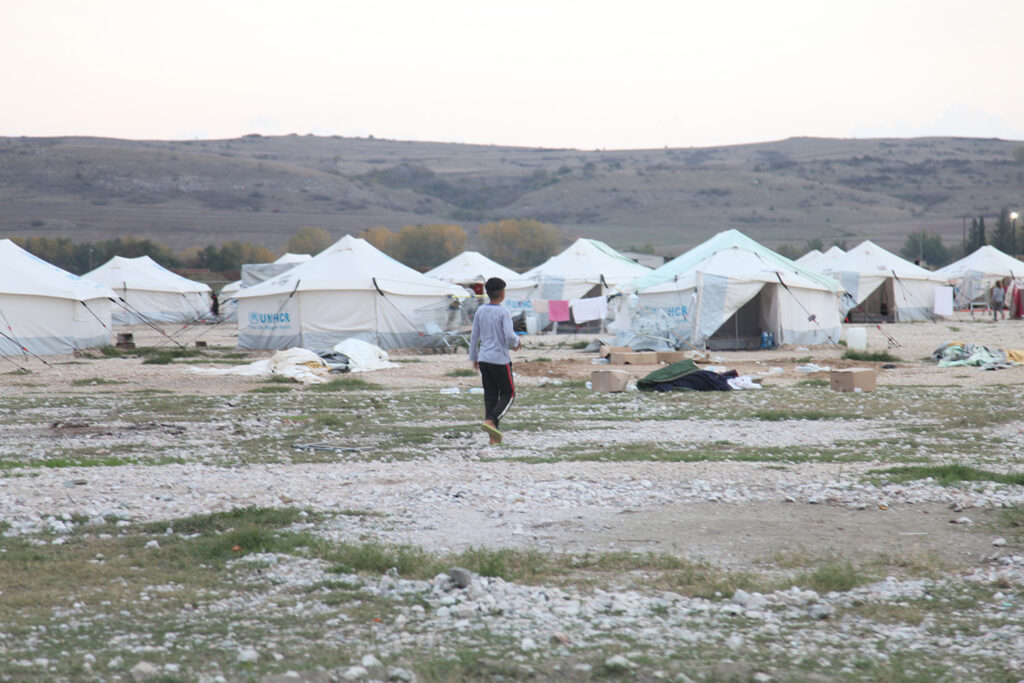The Myth of Global Water Wars
Globe and Mail
At a meeting in Stockholm this past August, Ismail Serageldin, the World Bank’s Vice President for Environmentally Sustainable Development, released a new report on global water issues. The report and Serageldin’s accompanying speech described an emerging “water crisis” in the Middle East, North Africa, and many other countries including India and China. “In the near future,” Serageldin said, “availability of water rather than land will be the main constraint to agricultural production in many areas.”The World Bank is right to focus on the water crisis. Water scarcity and pollution are already hindering economic growth in many poor countries. With global water demand doubling every 21 years, these scarcities — and the social stresses they cause — are going to get much worse. Unfortunately, though, Serageldin strayed from this sensible proposition into sensationalism. He declared in a press release that the “wars of the next century will be over water,” not oil. Although environmental activists, policymakers, and academics commonly make such claims, they are almost certainly wrong.
Among international relations scholars, it has been conventional wisdom for some time that severe scarcities of natural resources can produce wars among states. During the 1970s, for example, Nazli Chourci and Robert North argued in their book Nations in Conflict that countries facing high resource demands and limited resource availability within their territories would seek the needed resources through trade or conquest beyond their boundaries. Although this “lateral pressure” theory helped explain some past wars, such as World War I, more recent research by our team at the Peace and Conflict Program at the University of Toronto highlights a number of the theory’s errors. Most importantly, the theory makes no distinction between renewable and non-renewable resources.
There is no doubt that some major wars in this century have been motivated in part by one country’s desire to seize another’s non-renewable resources, such as fossil fuels or iron ore. For instance, during World War II, Japan sought to secure oil and minerals in China and Southeast Asia. But our research shows that the story is different for renewables like cropland, forests, fish, and fresh water. It is hard to find clear historical or contemporary examples of major war motivated mainly by scarcities of renewables.
There are two possible explanations. First, states cannot easily convert cropland and forests seized from a neighbor into increased state power, whereas they can immediately use non-renewables like iron and oil to build and fuel the military machines of national aggression. Second, countries with economies highly dependent on renewables tend to be poor, and poor countries cannot easily buy large and sophisticated conventional armies to attack their neighbors. For both these reasons, the incentives and the means to launch resource wars are likely to be lower for renewables than for non-renewables.
The exception, some might argue, is water, in particular river water: adequate water supplies are needed for all aspects of national activity, including the production and use of military power, and rich countries are as dependent on water as poor countries (often, in fact, they are more dependent). Moreover, about 40 percent of the world’s population lives in the 250 river basins shared by more than one country. Experts such as Mr. Serageldin have therefore declared that the risk of water wars is rising sharply, especially in these basins.
But once again, the story is more complicated than it first appears. Wars over river water between upstream and downstream neighbors are likely only in a narrow set of circumstances: the downstream country must be highly dependent on the water for its national wellbeing; the upstream country must be able to restrict the river’s flow; there must be a history of antagonism between the two countries; and, most importantly, the downstream country must be militarily much stronger than the upstream country.
There are, in fact, very few river basins around the world where all these conditions hold. The most obvious example is the Nile: Egypt is wholly dependent on the river’s water, has historically turbulent relations with its upstream neighbors Sudan and Ethiopia, and is vastly more powerful than either. And, sure enough, Egypt has several times threatened to go to war to ensure an adequate supply of Nile waters.
But more common is the situation along the Ganges, where India has constructed a huge dam — the Farakka Barrage — with devastating consequences on downstream cropland, fisheries, and villages in Bangladesh. Bangladesh is so weak that the most it can do is plead with India to release more water. There is little chance of a water war here between upstream and downstream countries. The same holds true for other river basins where alarmists speak of impending wars, including the Mekong, Indus, Pirana, and Euphrates.
This sensationalism distracts the public’s attention from the real results of water scarcity. Shortages reduce food production, aggravate poverty and disease, spur large migrations, and undermine a state’s moral authority and capacity to govern. Over time, these stresses can tear apart a poor society’s social fabric, causing chronic popular unrest and violence. Mr. Serageldin and his World Bank colleagues should emphasize these outcomes rather than the chimera of water wars.

Topics
Conflict
Energy
Environmental Stress and Conflict
